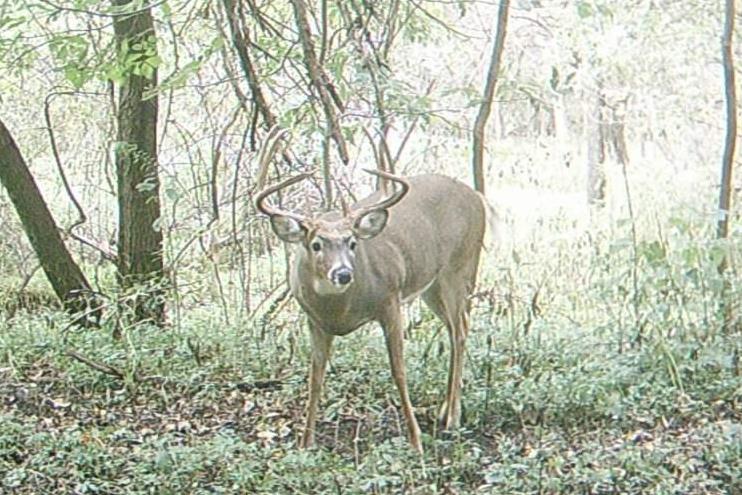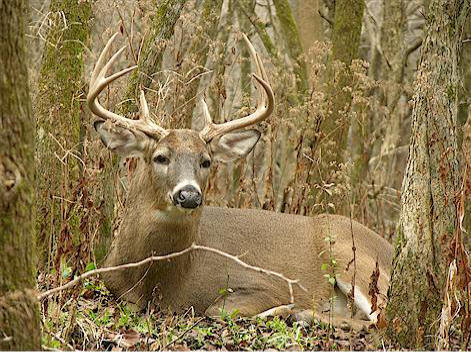One of the biggest factors impacting the success of whitetail hunting is odor elimination—or better stated, scent control. A new product on the market that claims to eliminate alarming downwind scent is Deer Smoke Screen. A few days ago, I received the opportunity to try this this product free of charge. It arrived well-packaged on Saturday. Sunday was my testing day and my goal was not to influence the results one way or another, but rather only give a fair and accurate account of my experience with the product.
Fellow hunters, take from it what you will. I arrived at my deer lease at before sunrise with hog hunting on my mind. There was a small tank that had been covered in hog sign, so I knew where I wanted to set up. There are no game cameras in this area so I did not know when these pigs were frequenting the water source. I got settled in, unloaded a few supplies and I was ready for the hunt. I wanted to test this product prior to the deer hunting season and we all know that pigs have darn good sniffers too. Continue reading Review: Deer Smoke Screen Eliminates Odor

